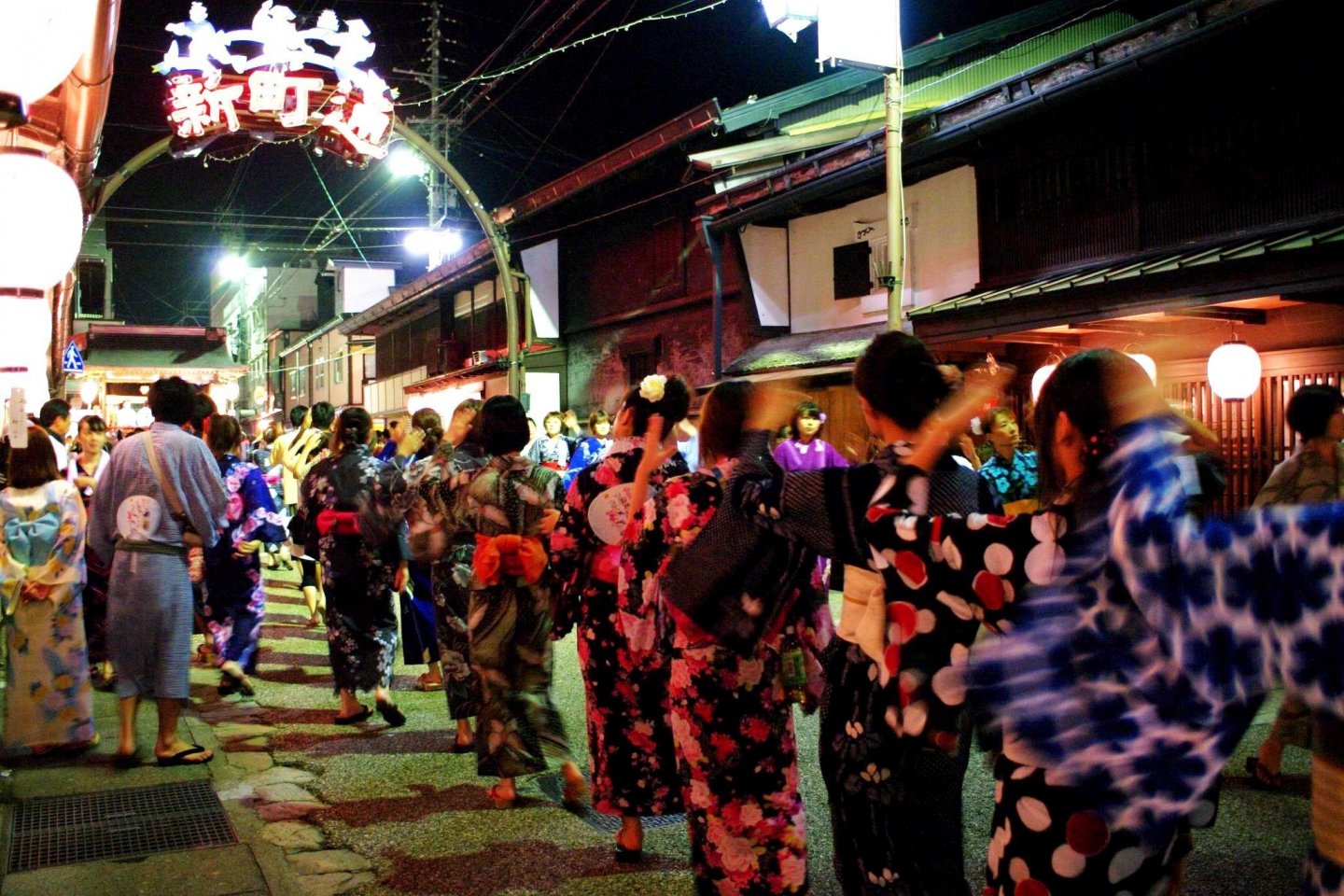

22°
Gujo
Japan's Fake Food Capital!
Things to do in Gujo


2

1
Upcoming Gujo Events

Culture
Gujo Odori 2025
Gujo Odori is Japan's largest and one of the most famous dance festivals lasting thirty-two nights, three of which have dancing..
Latest Gujo Reports

Nightlife
Gujo-Hachiman O-bon Dance Festival
Sonia SchlesingerThe crowds, the costumes, the cafes: some travel to Japan for the suffocating crowds, Harajuku fashions, and tiny cafes and bars,..

Culture
Gujo Odori Festival
Yuka TakadaReminiscing about growing up alongside the Gujo Odori – Japan's largest dance festival lasting thirty-two nights, three of..

Culture
Saito Museum and Café
Yuka TakadaThe Saito Museum maintains a 1300 piece collection family art, calligraphy, swords and utensils dating back 270 years.



















